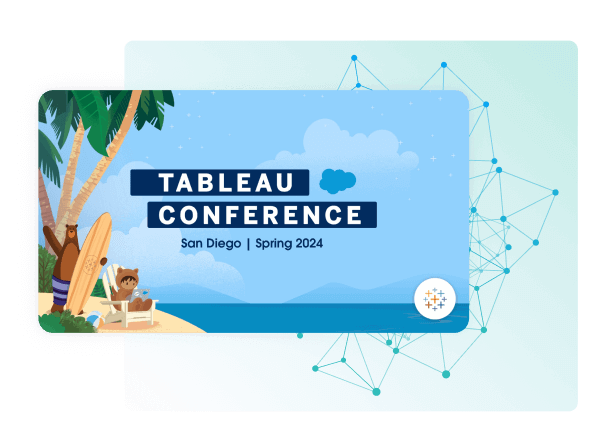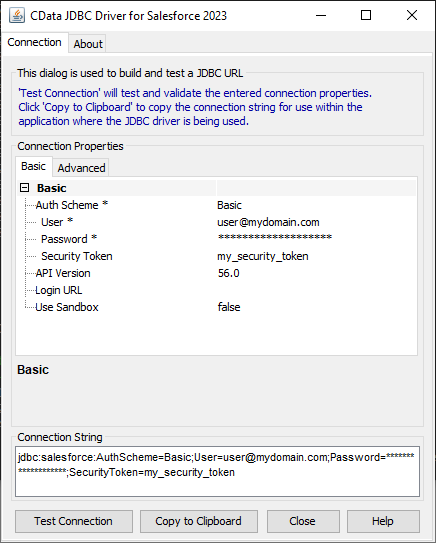Discover how a bimodal integration strategy can address the major data management challenges facing your organization today.
Get the Report →A PostgreSQL Interface for Redshift Data
Use the Remoting features of the Redshift JDBC Driver to create a PostgreSQL entry-point for data access.
There are a vast number of PostgreSQL clients available on the Internet. From standard Drivers to BI and Analytics tools, PostgreSQL is a popular interface for data access. Using our JDBC Drivers, you can now create PostgreSQL entry-points that you can connect to from any standard client.
To access Redshift data as a PostgreSQL database, use the CData JDBC Driver for Redshift and a JDBC foreign data wrapper (FDW). In this article, we compile the FDW, install it, and query Redshift data from PostgreSQL Server.
Connect to Redshift Data as a JDBC Data Source
To connect to Redshift as a JDBC data source, you will need the following:
- Driver JAR path: The JAR is located in the lib subfolder of the installation directory.
Driver class:
cdata.jdbc.redshift.RedshiftDriver- JDBC URL:
The URL must start with "jdbc:redshift:" and can include any of the connection properties in name-value pairs separated with semicolons.
To connect to Redshift, set the following:
- Server: Set this to the host name or IP address of the cluster hosting the Database you want to connect to.
- Port: Set this to the port of the cluster.
- Database: Set this to the name of the database. Or, leave this blank to use the default database of the authenticated user.
- User: Set this to the username you want to use to authenticate to the Server.
- Password: Set this to the password you want to use to authenticate to the Server.
You can obtain the Server and Port values in the AWS Management Console:
- Open the Amazon Redshift console (http://console.aws.amazon.com/redshift).
- On the Clusters page, click the name of the cluster.
- On the Configuration tab for the cluster, copy the cluster URL from the connection strings displayed.
Built-in Connection String Designer
For assistance in constructing the JDBC URL, use the connection string designer built into the Redshift JDBC Driver. Either double-click the JAR file or execute the jar file from the command-line.
java -jar cdata.jdbc.redshift.jarFill in the connection properties and copy the connection string to the clipboard.
![Using the built-in connection string designer to generate a JDBC URL (Salesforce is shown.)]()
A typical JDBC URL is below:
jdbc:redshift:User=admin;Password=admin;Database=dev;Server=examplecluster.my.us-west-2.redshift.amazonaws.com;Port=5439;
Build the JDBC Foreign Data Wrapper
The Foreign Data Wrapper can be installed as an extension to PostgreSQL, without recompiling PostgreSQL. The jdbc2_fdw extension is used as an example (downloadable here).
- Add a symlink from the shared object for your version of the JRE to /usr/lib/libjvm.so. For example:
ln -s /usr/lib/jvm/java-6-openjdk/jre/lib/amd64/server/libjvm.so /usr/lib/libjvm.so - Start the build:
make install USE_PGXS=1
Query Redshift Data as a PostgreSQL Database
After you have installed the extension, follow the steps below to start executing queries to Redshift data:
- Log into your database.
-
Load the extension for the database:
CREATE EXTENSION jdbc2_fdw; -
Create a server object for Redshift:
CREATE SERVER Redshift FOREIGN DATA WRAPPER jdbc2_fdw OPTIONS ( drivername 'cdata.jdbc.redshift.RedshiftDriver', url 'jdbc:redshift:User=admin;Password=admin;Database=dev;Server=examplecluster.my.us-west-2.redshift.amazonaws.com;Port=5439;', querytimeout '15', jarfile '/home/MyUser/CData/CData\ JDBC\ Driver\ for\ Salesforce MyDriverEdition/lib/cdata.jdbc.redshift.jar'); -
Create a user mapping for the username and password of a user known to the MySQL daemon.
CREATE USER MAPPING for postgres SERVER Redshift OPTIONS ( username 'admin', password 'test'); -
Create a foreign table in your local database:
postgres=# CREATE FOREIGN TABLE orders ( orders_id text, orders_ShipName text, orders_ShipCity numeric) SERVER Redshift OPTIONS ( table_name 'orders');
postgres=# SELECT * FROM orders;







